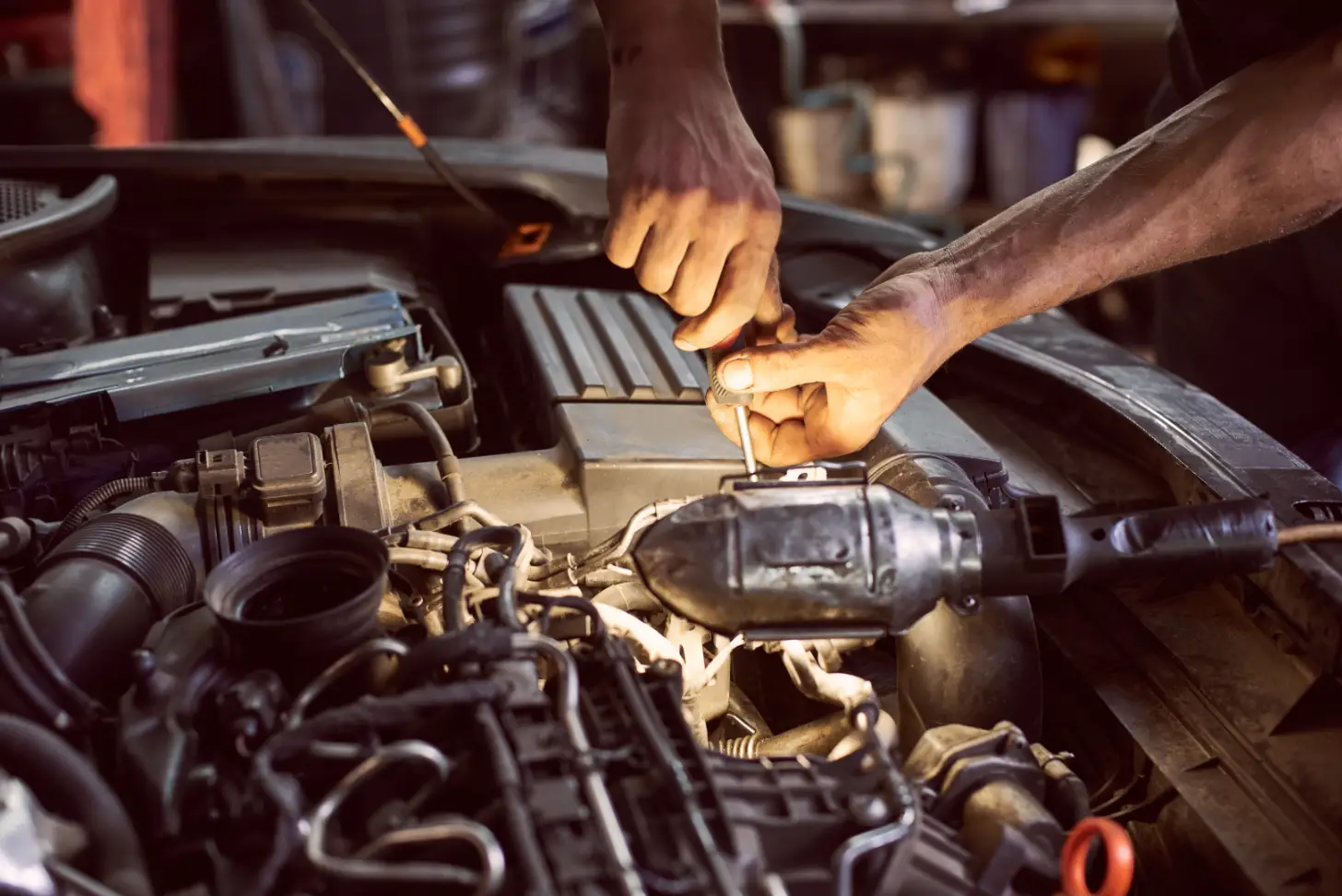AMF Enterprises
Signs Your Semi Truck Tires Need Replacing

Signs Your Semi Truck Tires Need Replacing
Semi truck tires endure grueling conditions, from long-haul interstate routes to steep, winding mountain passes. Over time, the constant pressure, friction, and weight they carry begin to take their toll. Knowing when to replace your semi truck tires isn’t just a matter of vehicle upkeep; it’s a matter of safety, compliance, and cost-efficiency. Let’s break down the signs your truck's tires may be nearing the end of their service life.
Tread Depth is Below Minimum Requirements
The most glaring indicator that it’s time for new tires is insufficient tread depth. The Federal Motor Carrier Safety Administration (FMCSA) requires a minimum tread depth of 4/32" on steer tires and 2/32" on all other tires. Once tread depth dips below these thresholds, you’re no longer DOT-compliant, which puts your rig at risk of fines, violations, and failed inspections.
To monitor tread wear, use a depth gauge or perform the tried-and-true penny test. Insert a penny into the tread groove with Lincoln’s head down—if you can see the top of his head, it’s time to replace the tire. Don’t wait until they’re bald; reduced traction significantly increases the risk of hydroplaning and blowouts.
Uneven Tread Wear Patterns
Even if the tread depth looks passable, uneven wear is a red flag. Uneven patterns could be the result of misaligned axles, improperly inflated tires, or worn suspension components. Common patterns include:
- Feathering – Tread ribs are worn more on one side than the other.
- Cupping – Scalloped dips around the edge of the tread, often due to faulty shock absorbers.
- Center wear – Overinflation.
- Edge wear – Underinflation.
These patterns not only shorten the life of your semi truck tires, but also impact handling and fuel efficiency. Addressing the root cause of uneven wear is as important as replacing the tire itself.
Sidewall Damage
Tire sidewalls are not just for branding—they serve a vital structural role. Cracks, gouges, bulges, or cuts in the sidewall can compromise a tire’s integrity. These often develop from repeated curb strikes, potholes, or overloading.
A bulge, for example, indicates internal damage—typically a separation in the internal plies. Once you see sidewall damage, replacement is non-negotiable. No amount of patching can return that tire to safe operation.
Excessive Vibration While Driving
It’s normal to feel some vibration when driving a loaded semi, especially on rough roads. However, excessive or new vibrations are often tire-related. If the vibration intensifies at higher speeds or is felt primarily through the steering wheel or seat, inspect the tires immediately.
The culprits may include:
- Tire imbalance
- Internal tire separation
- Uneven tread wear
- Damaged suspension or alignment issues
If the tire is the issue, replacement is usually the only safe path forward.
Frequent Air Pressure Loss
If you’re constantly topping off your tire pressure or dealing with alerts from your TPMS (Tire Pressure Monitoring System), that’s more than an inconvenience—it’s a warning sign. Air loss can stem from a puncture, cracked bead, faulty valve stem, or rim corrosion.
Driving with underinflated tires generates excessive heat, increases rolling resistance, and raises the risk of blowouts. While minor punctures can sometimes be patched, frequent deflation points to deeper structural issues that often demand a full replacement.
Dry Rot and Cracking
Rubber degrades over time, especially when exposed to UV rays, heat, and road salt. This aging process, known as dry rot, causes tires to develop small cracks in the sidewall and tread. Even if the tread depth is sufficient, dry-rotted tires are brittle and unreliable.
This is particularly relevant for trucks that sit idle for extended periods. A tire’s shelf life is limited—most manufacturers recommend replacing tires every six to ten years, regardless of wear.
Tire Age and Mileage
Tires don’t last forever—even if they appear in good shape. As a general rule of thumb, steer tires should be replaced every 100,000 to 120,000 miles, while drive and trailer tires can last up to 300,000 miles with proper rotation and maintenance.
Additionally, DOT regulations require tire manufacturers to include a four-digit date code on the sidewall. For instance, a tire with “4219” was made in the 42nd week of 2019. If your tires are pushing the 6-year mark, it’s time to seriously consider replacing them.
Compromised Retread Integrity
Retreaded tires are commonly used in the trucking industry for cost efficiency, especially on drive and trailer axles. But they need close monitoring. If the retread begins to separate or shows visible signs of delamination, it’s unsafe. Separation can result in “tire alligators” littering the highway and potentially causing accidents.
While retreads are safe when done right, once they begin to fail, the entire casing should be inspected or discarded.
Failed DOT Inspection
A failed DOT inspection is often due to tire issues. These inspections look for all the signs we’ve just outlined—worn tread, sidewall damage, air pressure, and overall tire condition.
Failing an inspection not only takes your rig off the road but also adds CSA points to your carrier profile. Keeping your tires in top shape is one of the simplest ways to pass with flying colors.
Stay Ahead of Tire Trouble
The signs your semi truck tires need replacing include low tread depth, uneven wear, sidewall damage, excessive vibration, recurring air pressure loss, dry rot, age, retread failure, and failed inspections. Replacing worn tires on time is more than good practice—it’s a vital step in protecting your vehicle, your cargo, and everyone on the road.
If you require tire maintenance in Mt Nebo & Sutton, WV, reach out to our team at AMF Enterprises today.
